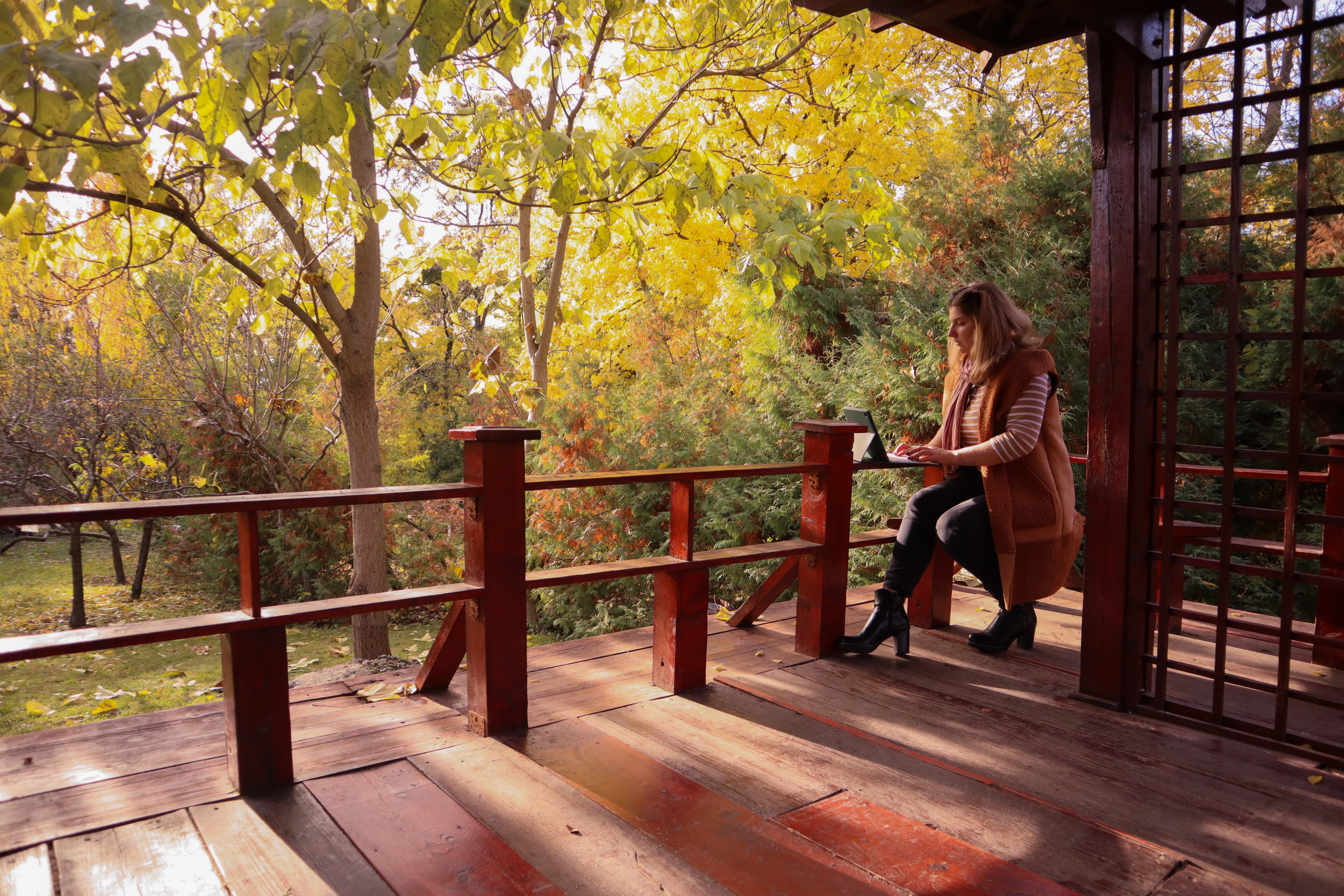
Nov 01, 2024
Autumn Colors Festival at the Iași Botanical Garden
This autumn, the Iași Botanical Garden warmly invites you to experience a spectacular world of colors, shapes, and scents at the 48th edition of the “Autumn Flowers” exhibition, running from October 26 to November 17. During this period, visitors can explore an awe-inspiring celebration of nature through imaginative displays of flowers, fruits, and seeds, carefully arranged by the garden’s creative team.Botanical gardenA Journey Through Colors, Shapes, and Scents: Highlights of the ExhibitionThe organizers have crafted a unique ambiance, where nature is brought to life through profound symbols that invite reflection. The outdoor spaces and greenhouses are designed to showcase the harmony between humans and nature. In the greenhouses, vibrant collections of chrysanthemums inspire the imagination, while rare fruits and seeds from the garden’s scientific collections reveal the delicate beauty of life.Botanical GardenCelebrated as a symbol of vitality and renewal, the seed holds a special place in this exhibition, revered as an inspiration in culture, art, and biotechnology. The unique patterns found on seeds evoke nature's constant transformation and the promise of new beginnings—each seed telling a story of resilience and renewal.The section dedicated to gourds, squashes, and ornamental pumpkins showcases over 230 varieties, from wax gourds and winter melons to the exotic bitter melon, originating from Asia and cherished both for its decorative and medicinal properties. These exotic specimens highlight the botanical diversity across continents, captivating visitors with their unusual textures and forms.ornamental pumpkinsCabbage Artistry: Explore the Decorative and Edible Cabbages CollectionIn a similar spirit, the garden hosts an impressive collection of decorative and edible cabbages, blending over 110 varieties. This diversity celebrates the beauty of nature while offering visitors a chance to discover cabbages that are not only visually striking but also valuable for culinary and agricultural uses.Cabbages CollectionIn the spicy pepper area, enthusiasts can marvel at some of the world’s hottest varieties, officially recognized by the Guinness Book of World Records—a must-see for those intrigued by rare plants. ;spicy pepperFor those seeking to experience autumn through a palette of colors, scents, and unique sensations, this event is an invitation to connect with nature’s beauty and delight in the autumn spectacle offered by the Iași Botanical Garden. Tickets are priced at 20 RON for individual visitors, and 15 RON for students, retirees, and groups of at least 10 people.
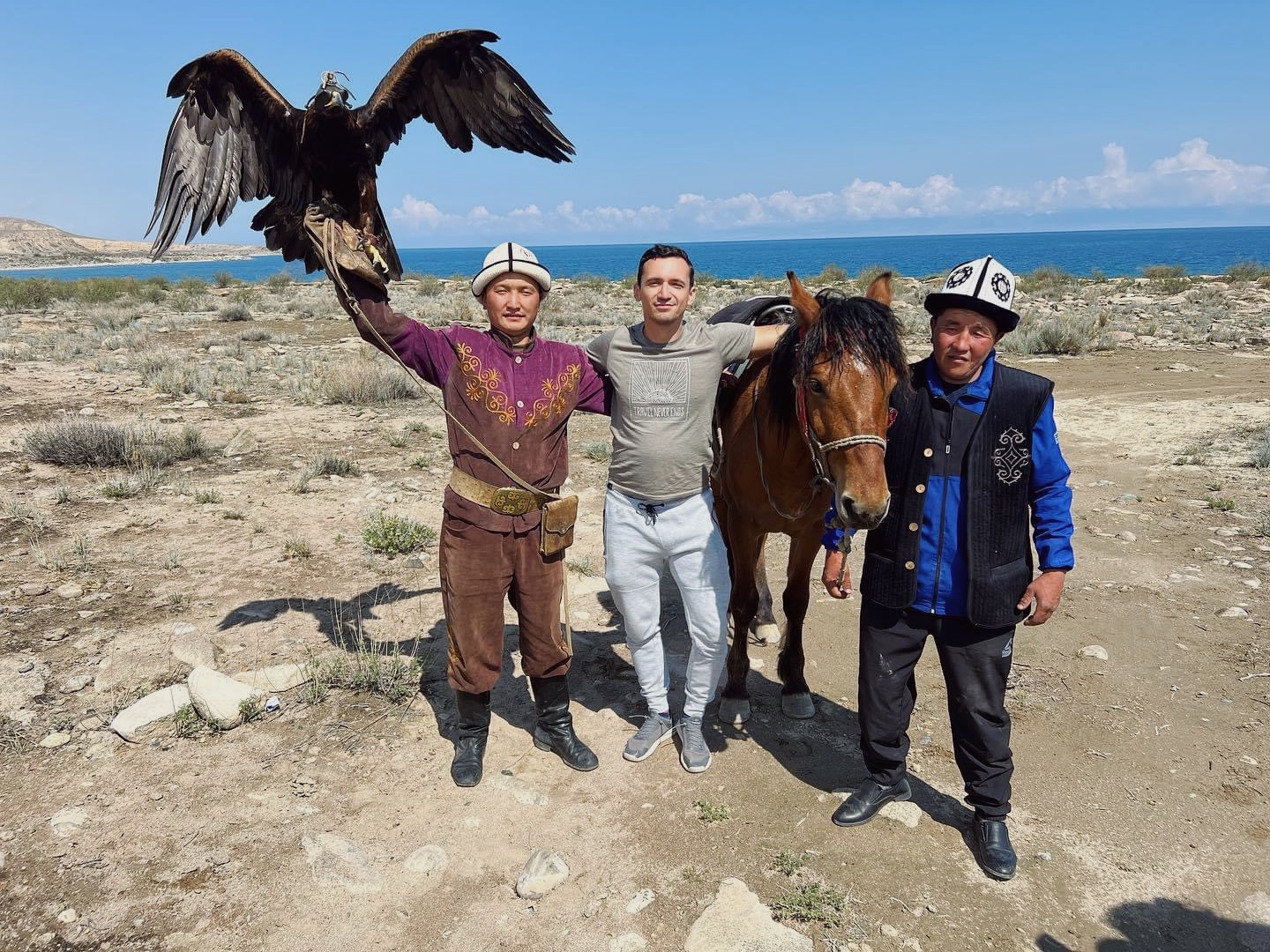
Oct 27, 2024
Lucian Avadani - Connecting the Dots by Looking Backwards
Lucian Avadani is the co-founder of Exotic Tribe and has been a digital nomad for 13 years. I listened to Lucian on a podcast where he mentioned Steve Jobs' quote, "you can only connect the dots looking backwards." I knew we would resonate because this quote has kept me calm during moments of uncertainty. I realized that if I continued to do my work, everything would make sense one day. You can't make sense of things by looking into the future; only by looking back, just as Lucian does now when he reflects on how he recognized the power the internet would have in changing the way we work, or when he discovered his passion for traveling the first time he stepped out of the country. Read on to learn more about Lucian and the life of a digital nomad.nomadQ: Can you briefly describe your professional activity and what you're currently doing as a digital nomad? ;A: Online Marketing Manager, Small-Scale Investor in the stock market.Q: What is your background? How did you choose this lifestyle? Was there someone or something that inspired you? ;A: I graduated from Alexandru Ioan Cuza University, Faculty of Economics and Business Administration, completing both undergraduate and postgraduate studies. In 2010, when I started researching, this lifestyle was not widespread. I had a passion for traveling since 2004 when I took my first independent trip abroad. At the same time, I was drawn to technology and IT (though not programming). The internet was becoming more popular, and I foresaw that the barrier between the physical location of where you work and the work itself would gradually disappear. A book that influenced me in this direction was "The 4-Hour Work Week" by Tim Ferriss, published in 2007.Q: How long have you been living this lifestyle? Did you have traditional 9-to-5 jobs before becoming a digital nomad? What are, in your opinion, the main advantages and disadvantages of this lifestyle? ;A: Since 2011, when I concluded an entrepreneurial phase with a double business failure and shifted to intrapreneurship, working remotely for a tech company, starting from scratch. A few months after I started collaborating with them, I began traveling more while working asynchronously (meaning I would start and finish whenever I wanted, as long as I delivered). However, I had almost no traditional 9-to-5 jobs, except for two Work and Travel programs in the USA during college, each lasting six months, where I had fixed schedules, and a short three-month stint at a financial-banking company in Romania after university. Otherwise, I've consistently enjoyed flexibility, both through entrepreneurial projects and as a remote employee.Q:What advice would you offer to those thinking about becoming digital nomads? ;A:Make sure you enjoy traveling and have a high degree of self-discipline because you need to get your work done even if palm trees sway around you and people are surfing or lounging on the beach. If you don't like traveling, you can try working remotely at first, at least to have the flexibility to organize your time as you wish from home, without the commute, allowing you to spend more time with loved ones, pursue hobbies, and have a higher quality of life overall. An important factor, proven by certain studies, is to determine if you lean more toward being introverted or extroverted. For instance, if you're more introverted, a hybrid lifestyle might be better, where you go to an office 1-2 times a week for social interaction.Q:What was the most challenging moment for you as a digital nomad? Are there days when this lifestyle becomes exhausting or overwhelming, especially being away from family and friends? ;A: As I mentioned earlier, loneliness in certain contexts can be a challenge. For example, in 2020, I chose to spend half a year during the pandemic in Bangkok, Thailand. Everything was fine, but although there were no movement restrictions, there were no social places open, and people were cautious. If you're single, this can impact your mental health. Overall, as you might have gathered, the main downside is its effect on personal relationships. A secondary negative impact could be on the environment, especially if you constantly travel by plane, which can have long-term consequences.#nomadQ: From your experience, which country or city offers the best conditions for digital nomads? What makes this place special? ;A: This year marks 20 years since I started traveling internationally and 13 years of digital nomadism (part-time and full-time), visiting around 80 countries across six continents. While it's hard to pick just one, there are several locations. An essential advantage for digital nomads is geo-arbitrage, meaning living somewhere with much lower living costs than your home country, while earning more than the local average, offering a much higher standard of living. In this context, places like Chiang Mai, Bangkok, and Koh Phangan in Thailand, Bali in Indonesia, Playa del Carmen in Mexico, Da Nang in Vietnam, Tbilisi in Georgia, Penang and Kuala Lumpur in Malaysia, Medellin in Colombia, and southern Portugal are excellent for digital nomads. They provide a mix of good quality of life and reasonable costs (sometimes even lower than in Romania’s provinces), communities of people with the same lifestyle, excellent warm, tropical climate, safety, events, and linguistic accessibility (locals speak English, the global communication language).Q: What is your favorite city among those you have visited? Where do you feel most at "home"? ;A: Primarily Bangkok in Thailand, where I spent over three years, but also Kuala Lumpur in Malaysia, where I spent several months. In Romania, I have a similar feeling in Bucharest and even Iași, although in recent years I’ve only spent a maximum of two weeks per year there.#nomadQ: Do you think Iași is a suitable destination for digital nomads? Why would you answer yes or no? ;A: Certainly, it has a high potential to attract some digital nomads, but overall it’s not a highly sought-after destination, and I'll explain why:In terms of air connections, there are still deficiencies in availability and frequency.The climate is friendly for only about 7 to 8 months a year.The cost of living is rising rapidly.It doesn’t have quick access to the sea and isn't very close to a mountainous area, though it’s just as close as Bucharest.Since most digital nomads are under 50 years old (90-95%), the number of socio-cultural activities is much lower than in the capital, for example.As for advantages:Proximity to Moldova/Ukraine, making it an attractive spot for those who work remotely and are from there, wanting to be physically closer to their families while avoiding a complex geopolitical context.Less congestion compared to Bucharest and its surrounding areas, and better air quality with lower pollution.Lower costs than the capital in some respects.The possibility of attracting foreign retirees who could contribute to the local economy, seeking a cleaner, quieter environment within an EU country without the capital's hustle.Q: What advice do you have for entrepreneurs and business owners in Iași who want to attract more digital nomads? What should they offer or improve to create attractive conditions for them? ;A: From a strategic perspective, businesses should consider increasing remote positions, which could attract global talent who might come to work from Iași occasionally or even permanently. Locally, an initiative to build a central free WiFi network for those who register could represent an opportunity. Another aspect could be establishing a workstation hub (public or private initiative) where people working in a hybrid remote setup can come to socialize and work (if they get bored of working from home). From a business standpoint, café and restaurant owners could equip their venues with more power outlets and work setups, along with installing and providing free WiFi.Q: Do you know any other digital nomads who have chosen to live in Iași, either in the past or currently? If yes, what was their opinion of the city?A: Personally, I know people who work remotely while living in Iași, but most have family ties, children, long-standing friendships, etc., with others in the area. Predominantly, these are Romanian citizens, not digital expatriates (who work remotely and decided to settle in Iași).Q: What is your favorite place in Iași? What attracts you to it? ;Definitely the Copou area, as I lived there for years, and it has a unique charm, mainly due to the park and the historical ambiance. Also, the area around the Palace, including Palas and its surroundings.Follow Lucian AvadaniExotic Tribe: https://www.exotictribe.ro/Instagram: https://www.instagram.com/lucianraver/Facebook: https://www.facebook.com/lucian.avadani
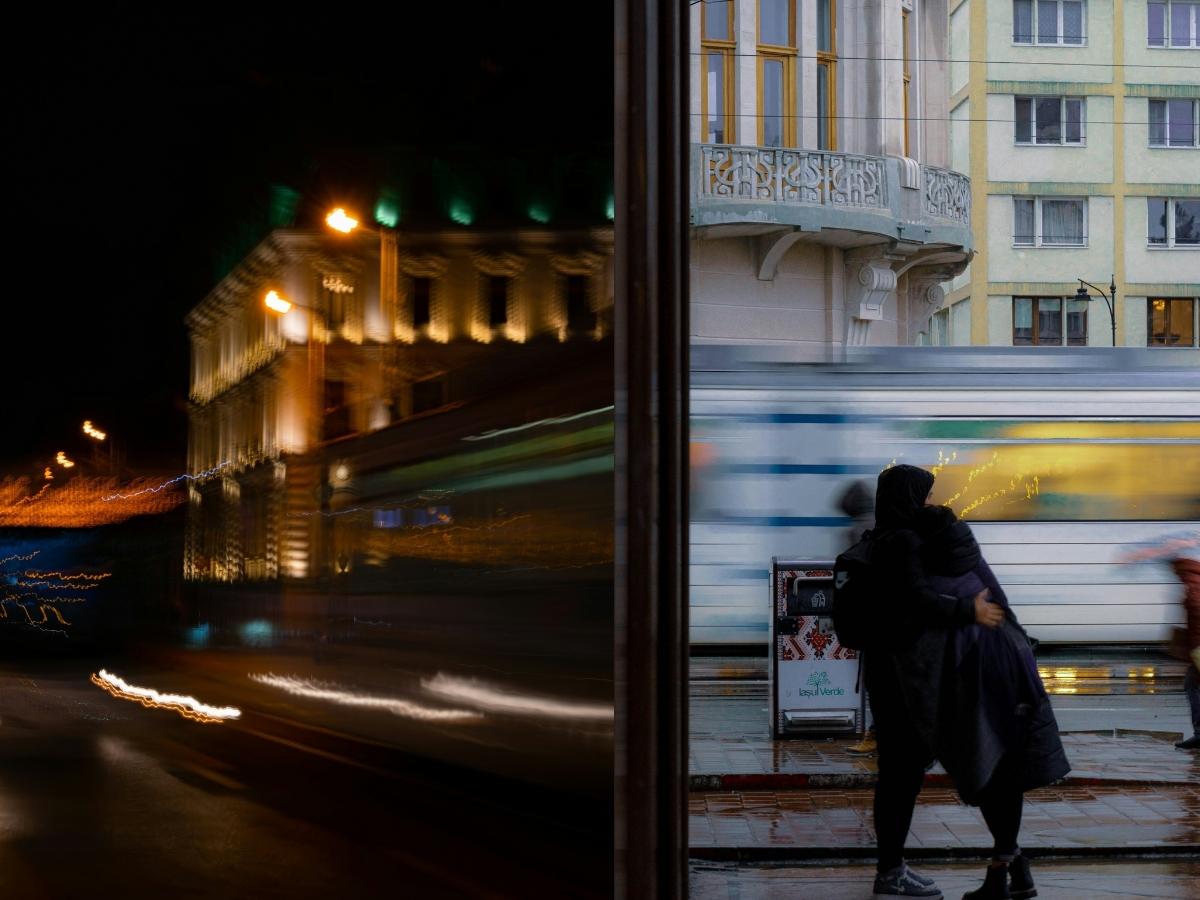
Oct 23, 2024
The Art of Connection
The life of a digital nomad offers the unique opportunity to blend work with travel, allowing you to explore new destinations without interrupting your professional commitments. However, this lifestyle comes with its challenges, the most significant being the limitation of social interaction. Maintaining an active social life is crucial for our well-being; it uplifts our spirits and supports our mental health. Let’s explore effective strategies to stay socially connected while on the move.Staying Connected Across DistancesTechnology plays a vital role in bridging the gap between you and your loved ones. While being a digital nomad may mean being apart from family and friends, the tools available today make it easier than ever to stay in touch. Make it a priority to communicate regularly, sharing the details of your adventures and experiences. Additionally, investing time and effort into long-distance relationships is essential. Clear communication, mutual trust, and understanding are the cornerstones of these connections. Plan visits whenever possible to strengthen these bonds, ensuring that distance does not diminish your relationships.#IasiBuilding Community and Local ConnectionsAs you navigate life on the road, consider cultivating an online community of like-minded individuals. Engaging in meetups, coworking events, or social gatherings can lead to meaningful interactions with fellow travelers. Equally important is the effort to connect with locals. Attend local events, volunteer opportunities, and cultural activities to immerse yourself in the community and learn about the place you’re visiting. By balancing your work and free time effectively, you can enjoy the freedom of being a digital nomad while nurturing your social life. With a proactive approach to communication and connection, you can fully embrace this lifestyle without feeling isolated.If you use technology to keep in touch with your loved ones back home while also engaging in activities that help you meet local people in your area and also join communities of people with similar interests, then you will avoid the feeling of loneliness and isolation and will be able to enjoy your journey to the fullest. Cherish your relationships while trying to build new ones, that is the key to a healthy social life.What about you? ;How are you building relationships with new people and maintaining them with people back home?
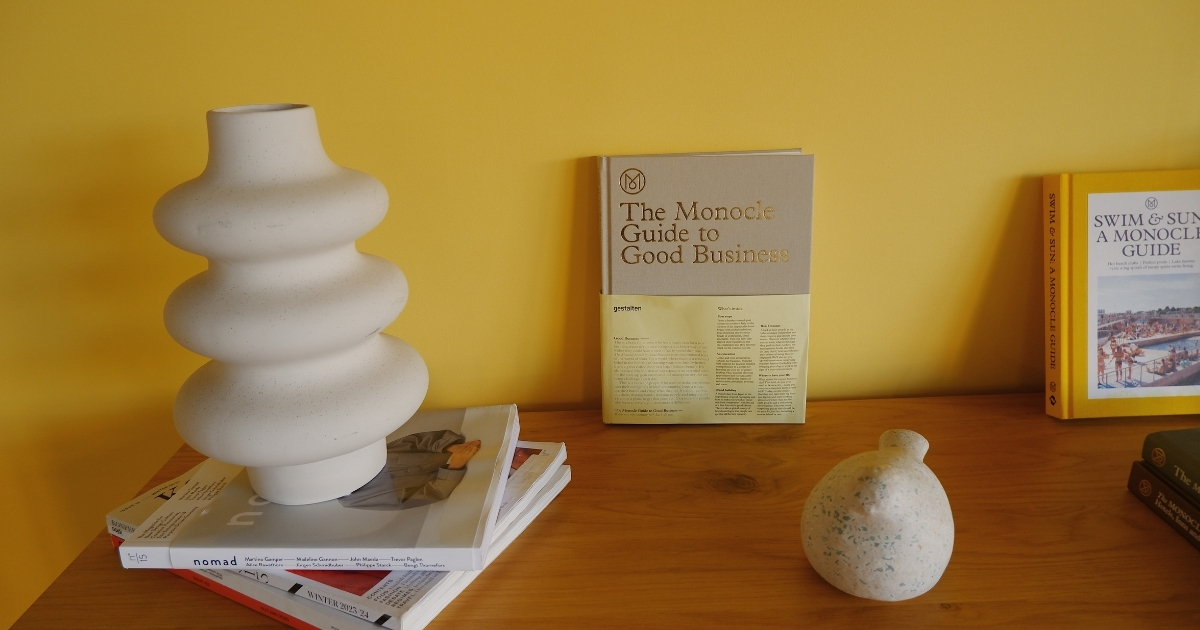
Oct 23, 2024
V7 - The (co-working) Place To Be
Located in the heart of Iași, near the iconic Palace of Culture, V7 is a vibrant co-working space that provides a home for NGOs, startups, and innovative freelancers. The space brings together some of the best professionals in their fields, creating an environment that fosters creativity, collaboration, and productivity. What sets V7 apart is its focus on offering unique, meaningful interactions between its members, encouraging a sense of community and shared purpose.#remoteThoughtful Design and AmenitiesThe space itself is thoughtfully designed with a calming aesthetic that enhances focus and comfort, making it both visually appealing and welcoming. Plus, it’s 100% pet-friendly, so furry companions are always welcome to join. V7 offers an inspiring environment where like-minded professionals can thrive, fostering success and satisfaction. This is reflected in the wide range of amenities provided, including a fully equipped kitchen, an outdoor terrace for relaxation, and well-designed meeting rooms for productive collaborations.#remote#dogfriendlyPrime Location and AccessibilityIts prime location adds to the convenience, with easy access to a nearby food court, supermarkets, and a large shopping center, making it simple to handle errands or enjoy a meal during the workday. V7 perfectly balances functionality, comfort, and a sense of community, making it an ideal space for modern professionals.#remote
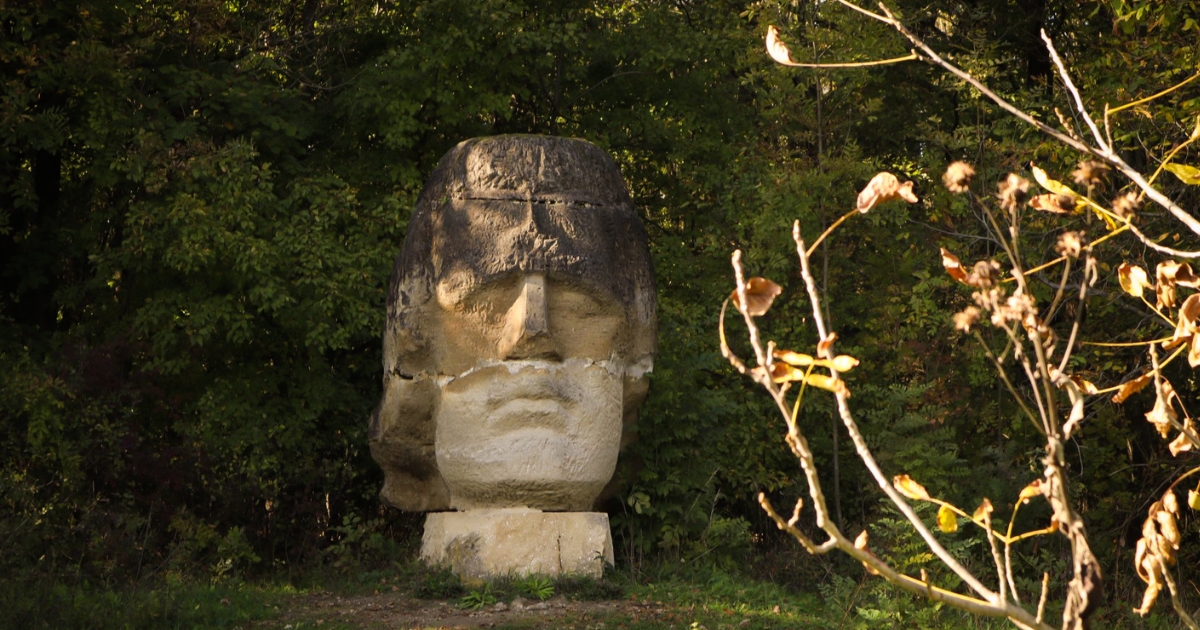
Oct 23, 2024
Discover Poiana cu Schit
If you’re looking for outdoor activities or wish to explore lesser-known places in Iași County, Poiana cu Schit is an ideal choice. Located in Poiana cu Cetate, in the Grajduri commune, the Poiana cu Schit Nature Reserve welcomes you with impressive natural landscapes, offering a perfect refuge for those who want to escape the daily hustle. This reserve is home to around 200 plant species, some of which are unique to the area, such as feathergrass, lady’s tresses, dumbats, and others. Here, nature displays its beauty in all its forms, from dense forests and rolling green hills to fresh air and tranquility. It’s the perfect place for hiking, relaxing walks, or simply enjoying a day in the outdoors. Poiana cu Schit also offers excellent opportunities for unforgettable photography, with landscapes that seem to tell stories from the past.Oasis of Peace and NatureArt, Nature, and HistoryThe name "Poiana cu Schit" (The Glade with the Hermitage) was given to this place because of the ruins of the old Bîrnova Monastery Church located within the reserve, which is historically documented since the reign of Alexandru cel Bun. After the secularization of monastery estates during the rule of Alexandru Ioan Cuza, the hermitage was abandoned by the monks. In addition to the beautiful landscape, Poiana cu Schit is also home to 30 stone statues, which are an integral part of the area’s cultural landscape. These sculptures, created in the late 1980s during the "Scînteia Sculpture Camp", add a unique charm to the place and provide visitors with an opportunity for reflection and contemplation.Fagus sylvaticahistoryQuality timeVisiting Poiana cu Schit not only allows you to enjoy the splendid nature, but also offers the chance to connect with the region's traditions and history. Whether you prefer walking along its peaceful paths, stopping to admire the statues, or spending time with family and friends, this place will offer you unforgettable moments. You could also bring a book and enjoy a quiet read, accompanied by the rustling of leaves and birdsong.So, don’t miss the chance to discover the charm of this unique place and enjoy moments of peace and reflection in the heart of nature.For those looking for a bit of adrenaline, there are also guided cycling tours from Iași to Poiana cu Schit. ;

Oct 23, 2024
Seasonal Treasures
Hidden behind the gray, weathered façades of East European buildings, there’s a secret world waiting to be discovered. Step inside, and you find yourself in an autumn wonderland a bustling market full of warmth, laughter, and lively exchanges. The vendors here aren’t just selling produce; they’re sharing pieces of their lives. You can hear them chatting among themselves, sometimes gossiping, as they stand behind tables overflowing with the season’s harvest. There’s a beauty in this simplicity, in the way the market feels both chaotic and welcoming at the same time.Justin Timberlake & CoEmbracing the Imperfections of Local ProduceYou won’t find the flawless vegetables seen in glossy supermarket ads here. Instead, the produce is raw and real, with bits of soil still clinging to the roots—a reminder that everything is grown by hand. I look forward to autumn, my favorite season at the market, when stalls overflow with vibrant colors and the scent of the earth fills the air. Unlike the year-round markets of Prague or Vienna, here there’s honesty in what’s offered. Only what the land provides in its own time is available, teaching us to savor the moment and appreciate that autumn is about what’s in its prime.Veggies from IasiThe Community ConnectionEach trip to the market feels like an adventure, where the imperfections—the dirt on the carrots, the uneven shapes of the apples—tell stories of their origins. The people greet me with smiles, often calling me “miss,” as if we’ve known each other for years. This market is where time feels slower and life feels more genuine, with seasons dictating the rhythm of life. Behind the gray buildings, I find a different kind of beauty—a raw, imperfect, and irreplaceable one.Eastern Europe Aesthetic